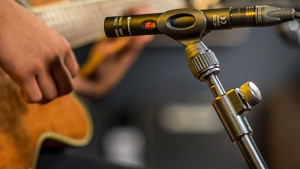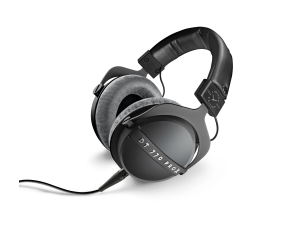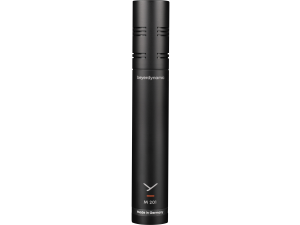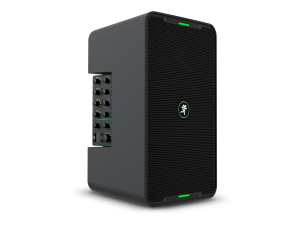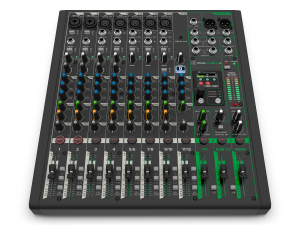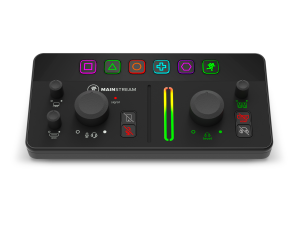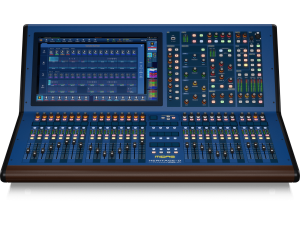Setting Up A Home Studio
It is now easier than ever to produce professional sounding music at home using your computer and a few additional items, here is what you will need to get started...
The computer is at the heart of any modern recording set-up, whether this is in a home studio or a professional facility. Any modern computer will have sufficient processor speed and memory to handle multi-channel audio, whether a desktop, laptop, Windows PC or Mac, although the Mac is widely adopted for it's stability.
All the primary tasks of are handled by your DAW software (digital audio workstation), including recording, editing and mixing.
A wide choice of DAW software is available and they all provide the same core functions to a high standard, so which one you choose is really down to individual preference and budget. Popular apps include Logic Pro (for MacOS only), Ableton Live, Cubase and FL Studio, as well as Pro Tools which is the industry standard for professional recording studios.
Your DAW will include a variety of software instruments like synthesizers, samplers and drum machines, as well as audio effects like EQ, compression, reverb and delay. These can be expanded on with a huge selection of third-party plug-ins, but bare in mind the more virtual instruments and effects you are running "in-the-box", the more processing power and memory you will need.
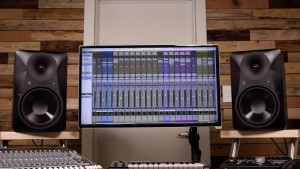
Your computer's built-in soundcard will almost certainly be missing 1/4" jack inputs / outputs, microphone preamps and gain controls, so an audio interface is essential for getting audio in and out of your computer and connecting microphones, instrument cables, headphones and studio monitors. All mixing functions can be performed entirely in your DAW, so there is no need for a mixer in most home recording set-ups.
When recording, editing and (especially) mixing music, it is vital to have a neutral listening environment, so that any level adjustments or tonal manipulation of the audio are based on an accurate and unbiased source.
Studio monitors are another essential tool to help you achieve this because they expose fine details and imbalances in audio, unlike hi-fi speakers that are designed to artificially boost frequencies to compliment music that has already been mixed and mastered.
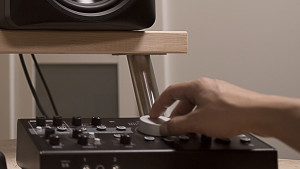
Studio Headphones are also vital for accurate listening when recording and mixing. Like studio monitors they have a flat, impartial sound when compared to more flattering hi-fi models, this helps to identify and target the specific frequencies of different instruments when mixing.
Closed-back studio headphones, like beyerdynamic's legendary DT 770 PRO, provide great sound isolation that ensures that no leakage or "bleed" is picked up by microphones when recording. This is particularly important when recording vocals or acoustic instruments when highly sensitive condenser microphones are used.
Open-backstudio headphones, like the DT 990 PRO, offer a more spacious sound that is more comfortable to listen to for extended periods and gives a great stereo image for adjusting panning. This makes them the ideal choice for producers and audio engineers who will spend hours mixing and mastering.
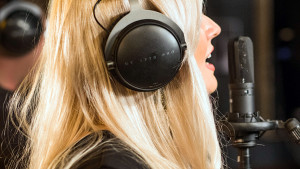
Microphones are essential for recording vocals and live instruments, so unless you are producing electronic music entirely with synths and samples you will want to have a selection of mics to hand.
Dynamic microphones are what you will be typically see used by a singer live on stage, as they are well suited to this loud environment because their sensitivity decreases greatly the further away they are from a sound source. For recording they are well suited to close-miking loud instruments like guitar amplifiers or drums.
Condenser microphones are more sensitive than dynamic microphones and better suited to recording softer, more dynamic sources such as vocals or acoustic instruments. Due to this sensitivity they also pick up a stronger signal at a distance so are great for capturing more spatial, ambient sources like drum overheads, choirs or orchestral ensembles.
